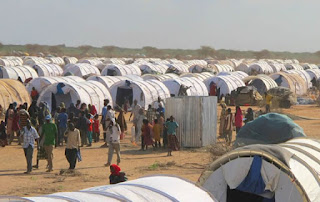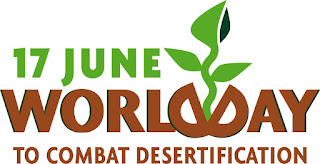Understanding EIA

Most people have come across the term EIA and the question that some ask themselves is ‘what is EIA?’ Let me try breaking it down a little bit for those who would like to understand the process and what it is all about. EIA stands for Environmental Impact Assessment and it is a process of systematically examining a proposed development project or activity in order to find out the possible effects that it will have on the environment.The projects that require an EIA include irrigation projects, biotechnological developments, nuclear technology, waste disposal, mining, quarrying, urban developments, infrastructure projects, industries, building construction, petrol stations, and any activity that is out of character with its surrounding among others. The guiding principles of EIA are participation, transparency, accountability, credibility, flexibility and practicality. The steps in the EIA process are as follows; Project proposal is prepared by the proponent together with other






